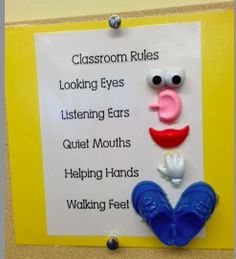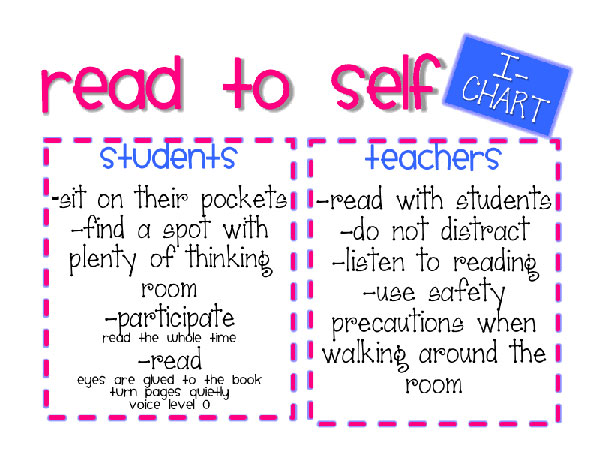“Classroom rituals are repeated activities that students learn to expect as part of their time in the classroom. These activities may be routine and occur daily at an expected time, or they could be used for specific occasions such as when students need to be quieter.” (Andrew, 2009)

Rituals and routines are important in a classroom (Deal and Peterson, 2009; Marzano, Marzano & Pickering, 2003). Rituals and routines refer to all the planning, discussions and agreements between the teacher and students related to classroom management, organization and expectations.
Setting up rituals and routines for literacy
- Creates an environment of trust and consistency necessary to promote independence
- Actively involves students in their own learning
- Can reduce anxiety and subjective decisions or responses made by students and teachers
- Frees the brain to concentrate on learning rather than trying to figure out expectations
- Allows children to develop their ability to collaborate and interact in social situations, control impulses and plan their actions
- Provides opportunities for community building

“In my opinion, three primary pillars support effective classroom management: clear rituals and routines, adequate student motivation, and effective classroom organization.” (Chad Manis, 2015)
What is the difference between rules and rituals and routines?
Rituals and routines are more flexible than rules and can be modified as students become more independent (McLeod et al., 2003). They are specific, agreed-upon ways of doing things throughout the classroom. The teacher works with the students to develop rituals and routines. Rituals and routines are modeled and practiced before becoming part of the fabric of the classroom culture. Classrooms need a variety of rituals and routines to be efficient. General classroom routines include morning meeting, attendance and lunch, safety drills, etc.
Rituals and routines to support the literacy classroom:
- Classroom management structure will support student self-management
- How to use the classroom library effectively
- Strategies to Support Whole Group Instruction
- Strategies to Support Small Group Processes
- Strategies to Support Independent Reading, Writing and Application of Learning
RESOURCES
Boushey & Moser (2014) The Daily Five. 2nd Edition. Stenhouse
Wedwick, L., & Wutz, J.A (2008). Bookmatch: How to scaffold student book selection for independent reading. Newark, DE: International Reading Association.
Wedwick, L., & Wutz, J.A. (2006). Thinking outside the book box: Using Bookmatch to develop independent book selection. Voices from the Middle, 14 (1), 20–29.
Video Clip: The Two Sisters Discuss Good Fit Books
Video Clip: How to Choose a Good Fit Book
This article is #9 in the twelve-part series, “Getting My Classroom Ready for Balanced Literacy Instruction: Classroom Culture and Environment.”